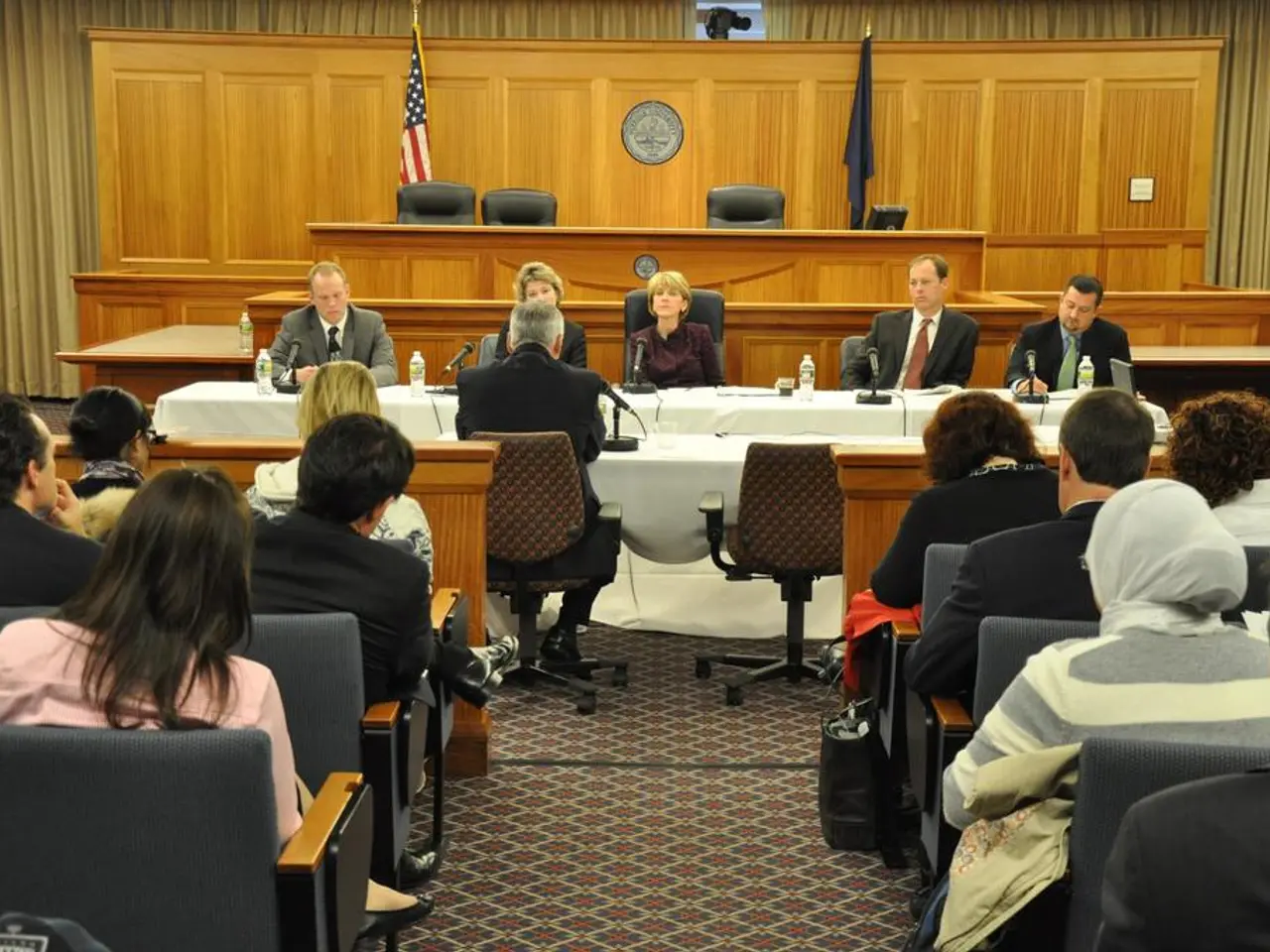The Pragmatic Solution to Germany's Power Grid: Incorporating Microgrids and Local Systems
Expansive Infrastructure for Renewable Energy Sources
German network operators are set to construct new gas power plants, a move that Klaus Mindrup, an energy expert, questions. He advocates for abandoning the German "sanctuary" and looking to California for guidance. His alternative proposal lies in island networks, localized pricing, combined heat and power, and the "all-rounders of the power system," batteries.
Klaus Mindrup dismisses the plans for additional gas power plants, explaining that we should prepare our energy system to minimize the need for emergency measures. He criticizes the fragmented approach to energy planning in Germany, which separates electricity, heat, and transport systems, resulting in higher costs. Mindrup encourages a comprehensive, coordinated strategy, focusing on sectoral interplay to deliver better, cheaper results than building 20 gigawatts of new gas power plants.
Tighter Lines or Loose Wires?
Traditionally, the idea of the power grid has been that we have a single copper plate capable of selling electricity with minimal resistance and loss. However, this is far from the truth, as there are frequent delays in power plant deployment, complications in balancing sunny periods in the south with cloudier conditions in the north, and ongoing maintenance on lines.
The Flawed Strategy of a Centralized Network
The current plans for expanding high-voltage direct current lines provide for the addition of more than 10 gigawatts of transmission capacity in the next ten years. Yet, this expansion strategy is deemed naive by Mindrup, considering the rapid growth of solar energy in Germany. Network expansion is advantageous but cannot accommodate a power grid designed for the influx of renewables. Mindrup asserts that flexibility must be organized locally, enabling the network to be built for takeoff.
California Dreaming: A Brighter Path Forward
Mindrup proposes adopting California's approach based on island networks, local price signals, combined heat and power, and the "all-rounders of the power system," batteries. He emphasizes that this decentralized system is more stable than a large centralized network. Moreover, island grids can also expand over time, starting from houses equipped with black-start capable batteries (capable of operating without an external power source).
The Central Role of Batteries
Batteries are at the heart of this new energy system due to their ability to store, discharge, stabilize the grid, and compensate for reactive power. Unfortunately, batteries are not yet considered part of the infrastructure, unlike in California, where 85% of battery storage is operated by utilities.
A Movement Beyond Electrons
A cellular approach, with individual grids being successively interconnected, offers several advantages. This approach emphasizes resilience, improved energy security, increased integration of renewables, economic benefits, and operational flexibility. The basics, starting from households with black-start capable batteries, can be expanded across sectors, creating a more cost-effective and efficient energy infrastructure.
Enrichment Data:
Overall:
Designing a power grid based on island networks and local systems—such as microgrids or islanded grids—offers several advantages compared to a large, closely interlinked European power grid:
Advantages of Island Networks and Local Systems
- Improved Grid Resilience and Reliability: Island networks can operate independently (in islanded mode) when the main grid experiences faults, maintenance, or shortages, maintaining power supply locally without interruption. This capability enhances resilience against widespread outages, natural disasters, and severe weather since microgrids do not rely on extensive above-ground wiring that is vulnerable to damage.
- Enhanced Energy Security and Independence: Local systems reduce dependence on centralized generation and long-distance transmission. By generating and managing power locally—often with renewable resources—communities can achieve energy security, lowering their exposure to external grid failures or fuel supply disruptions.
- Increased Integration of Renewable Energy: Island networks can more easily incorporate variable renewable energy sources (solar, wind) by locally balancing generation and demand. Microgrids adjust energy flow dynamically, allowing higher penetration of renewables without extensive redesign of national grids.
- Economic and Community Benefits: Local grids create employment opportunities, improve access to energy, reduce costs, and enhance public safety during emergencies. Investments in infrastructure strengthen local economies and foster a sense of community.
- Flexibility and Operational Advantages: Microgrids can smoothly transition between connected and islanded mode depending on grid conditions or economics, offering operational flexibility. This control facilitates ancillary services and trading when connected, while ensuring balance of supply and demand locally when islanded.
In summary, designing power grids based on island networks and local systems enhances resilience, energy security, renewable integration, economic benefits, and operational flexibility relative to a large, interconnected European grid.
- In light of Germany's renewable energy growth, a comprehensive energy strategy should prioritize local flexibility to build a power grid designed for the influx of renewables, as suggested by energy expert Klaus Mindrup.
- Embracing California's decentralized model, which includes island networks, local price signals, combined heat and power, and batteries, could yield a more stable and cost-effective energy system, protecting against wide-scale outages and promoting energy independence.
- Encouraging the development of local grids, as part of a cellular approach, can provide resilience, improved energy security, increased integration of renewables, economic benefits, and operational flexibility, making this design more adaptive and advantageous than a traditional, interconnected European power grid.




